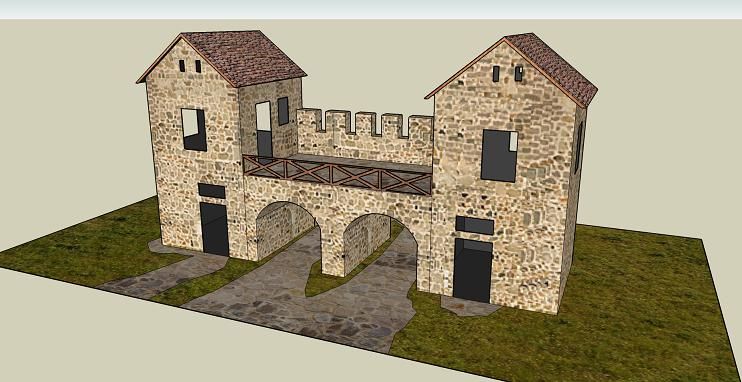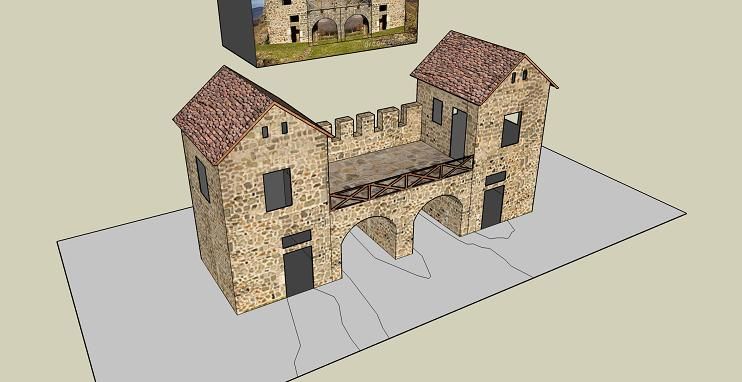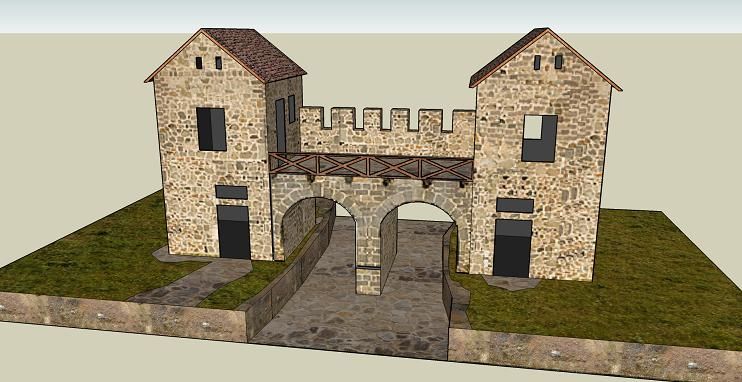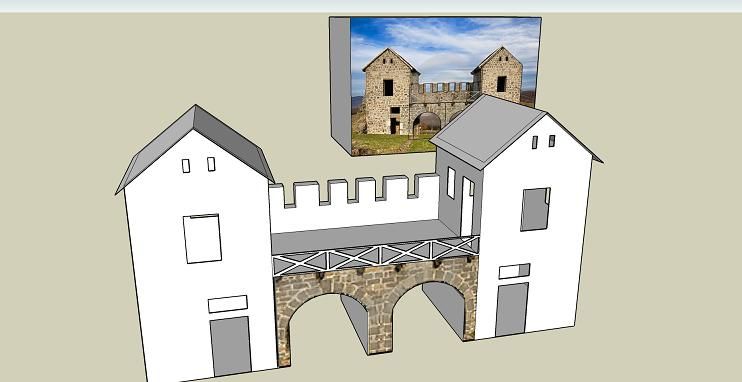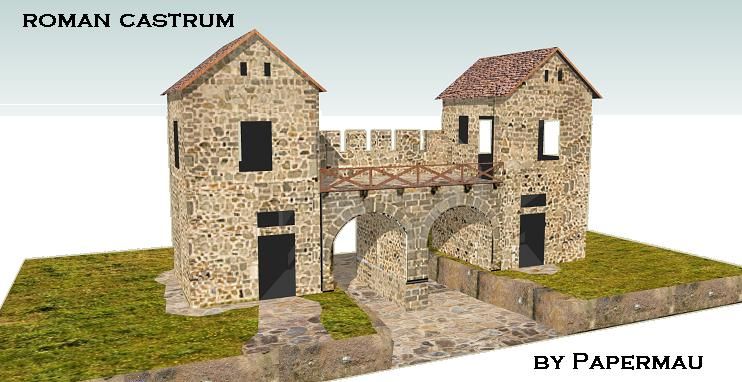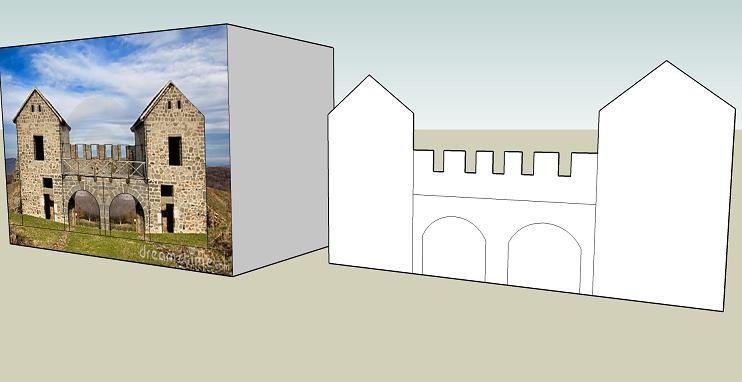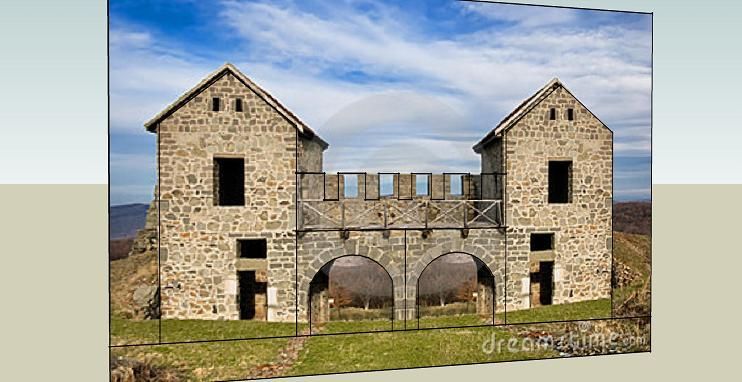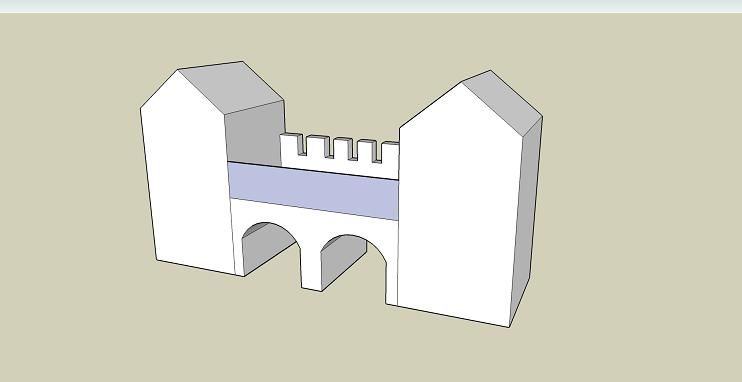More than
fourty models of
TGV French trains, by
Rail Fan Europe, im
1/140 scale.
 |
| The Real Thing |
The TGV (
French: Train à Grande Vitesse, meaning high-speed train) is
France's high-speed rail service, currently operated by
SNCF Voyages, the long-distance rail branch of
SNCF, the
French national rail operator. It was developed during the
1970s by
GEC-Alsthom and
SNCF. Although originally designed to be powered by gas turbines, the
TGV prototypes evolved into electric trains with the petrol crisis of
1973. Following the inaugural
TGV service between
Paris and
Lyon in
1981, the
TGV network, centred on
Paris, has expanded to connect cities across
France and in adjacent countries. A
TGV test train set the record for the fastest wheeled train, reaching
574.8 km/h (357.2 mph) on 3 April
2007.
At mid
2011, the
TGV is the fastest conventional train in the world, reaching
320 km/h (200 mph) on the
"LGV Est". -
Wikipedia
 |
| Australian Speedrail |
O TGV (do francês:
Train à Grande Vitesse) é o trem de alta velocidade
francês. É construído pela empresa francesa
Alstom, e
TGV é uma marca registrada da
SNCF (Société Nationale des Chemins de Fer Français), empresa pública de transporte ferroviário
francesa. A
França tem aproximadamente
1200 quilômetros de linhas TGV, construídas durante os últimos 20 anos, com quatro novas linhas propostas ou em construção.
O TGV viaja em linhas especiais conhecidas como
LGV (ligne à grande vitesse ≡ "linha de alta velocidade"), permitindo velocidades de
320 km/h em operação normal nas linhas mais recentes. O
TGV também pode usar linhas convencionais, mas neste caso, a velocidades mais baixas. O
TGV tem cerca de 200 destinos na
França e no estrangeiro. Em 3 de Abril de
2007, durante um teste de velocidade, a composição
V150, fabricada pela
Alstom, atingiu a velocidade de
574,8 quilómetros por hora em
Le Chemin, perto de
Champanha-Ardenas, na linha
Paris-Estrasburgo, que foi aberta a passageiros no dia 10 de Junho de
2007, estabelecendo um novo recorde mundial de velocidade sobre carris (o
Shinkansen JR-Maglev não utiliza carris (trilhos), mas sim sustentação magnética), ultrapassando o objectivo de
540 km/h que havia sido inicialmente previsto (
V150 querendo significar 150 metros por segundo, ou seja
540 km/h).
O TGV Paris-Estrasburgo circula a uma velocidade máxima de
320 km/h, ou seja, vinte quilómetros por hora mais rápido do que as outras linhas
TGV em atividade na
França. - Wikipedia
Link: Micro.Scale.French.Train.TGV.by.Rail.Fan.Europe
More Trains related posts:
Brazilian Touristic Express - by CPTM - Expresso Turístico
Mitake Mountain Cable Car - by Keio - Bonde da Montanha Mitake
Deshler Tower Paper Model - by Dan Merkel - Torre Ferroviária


